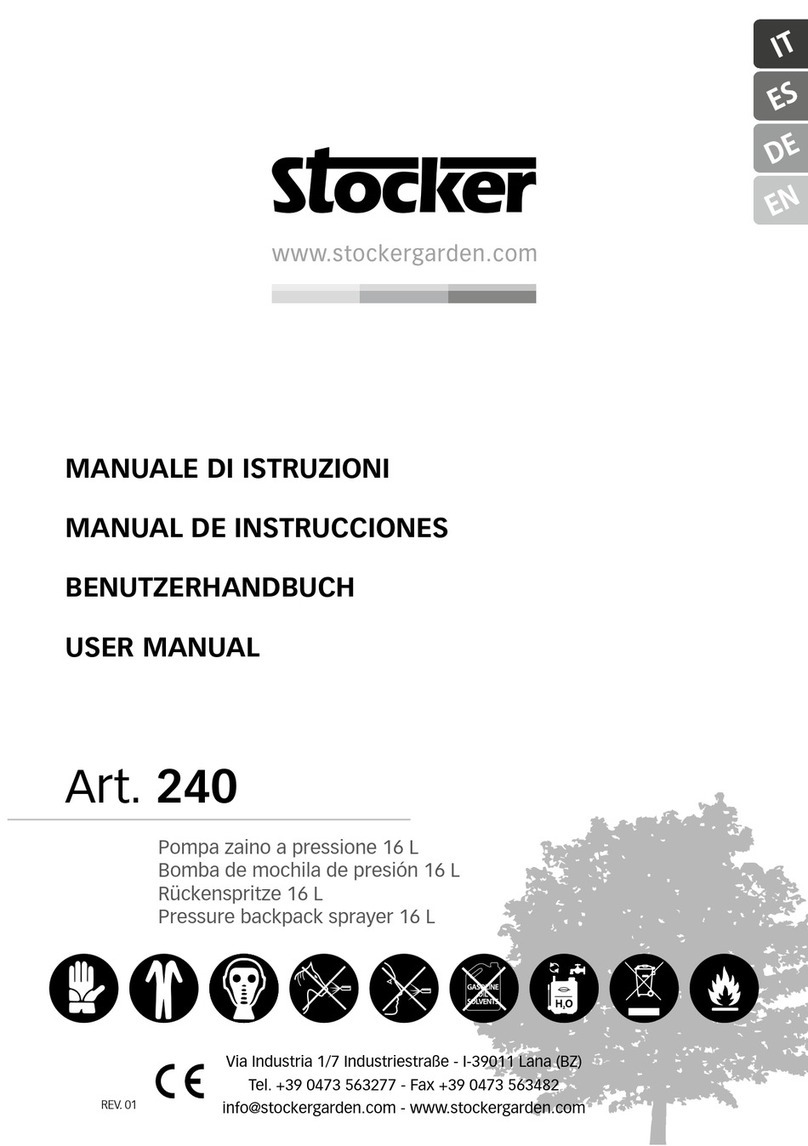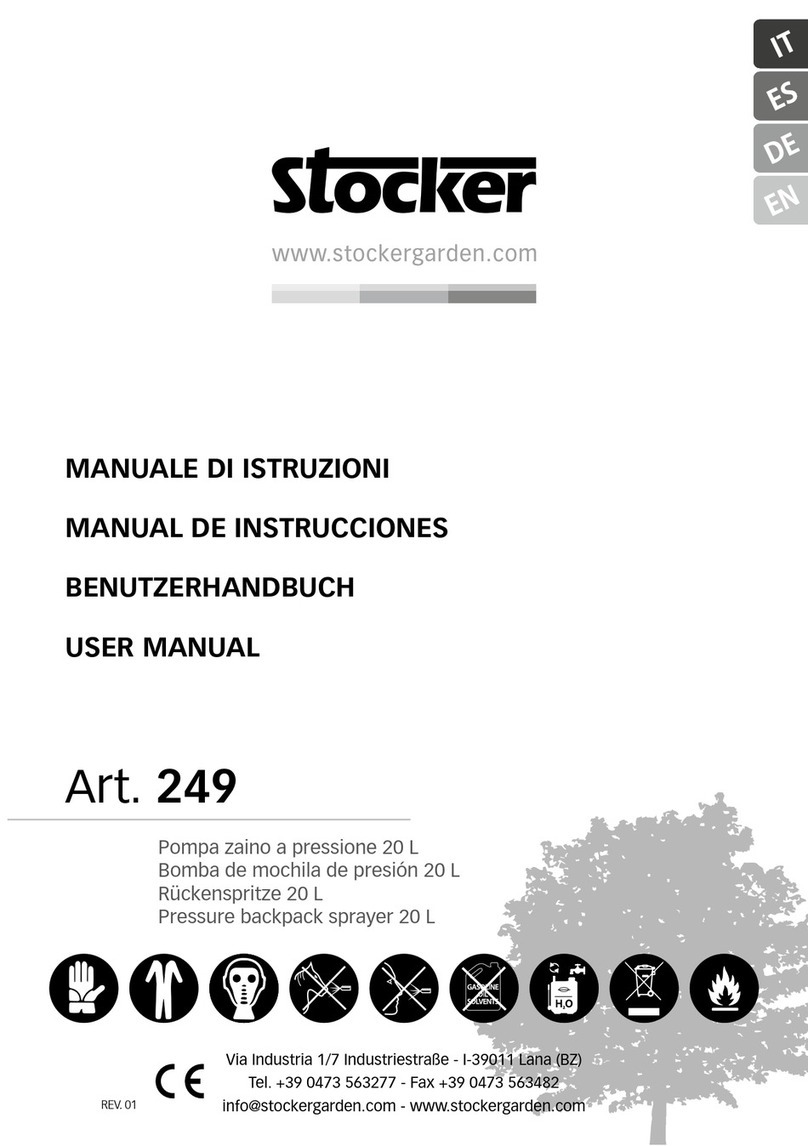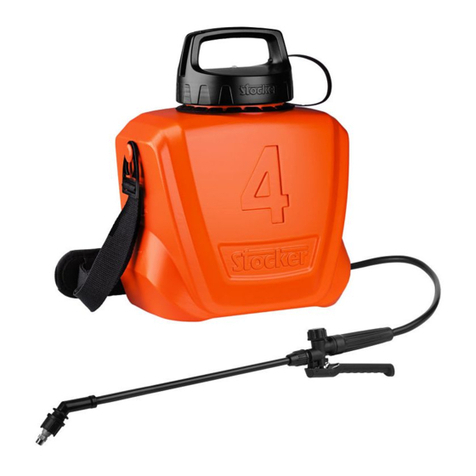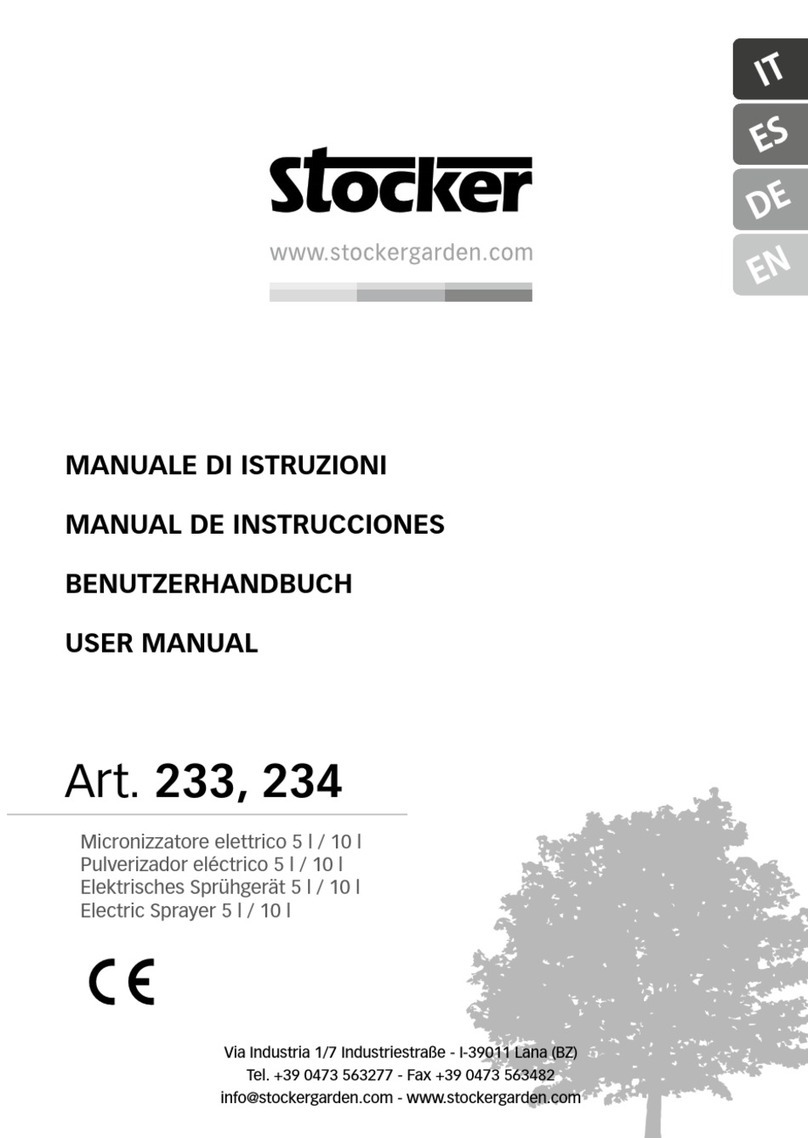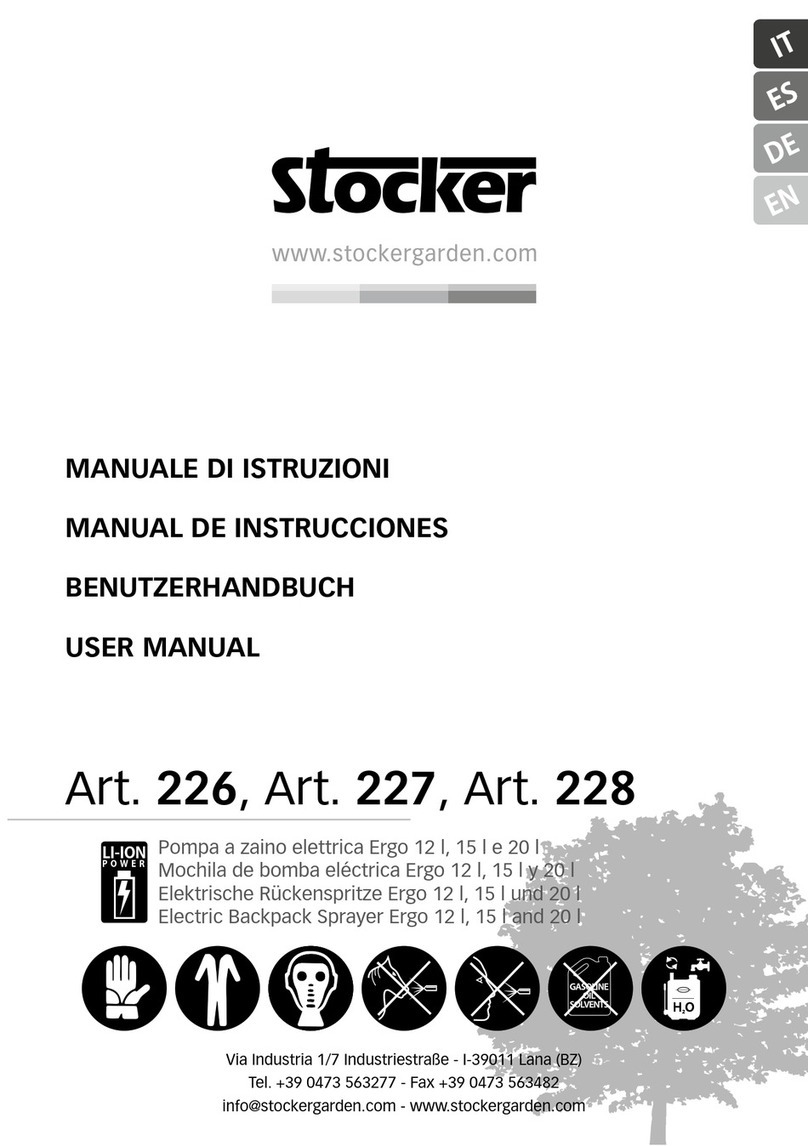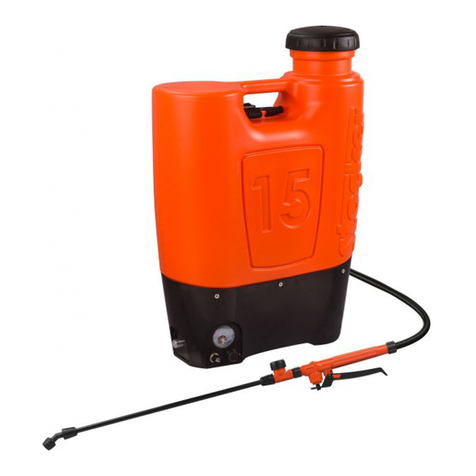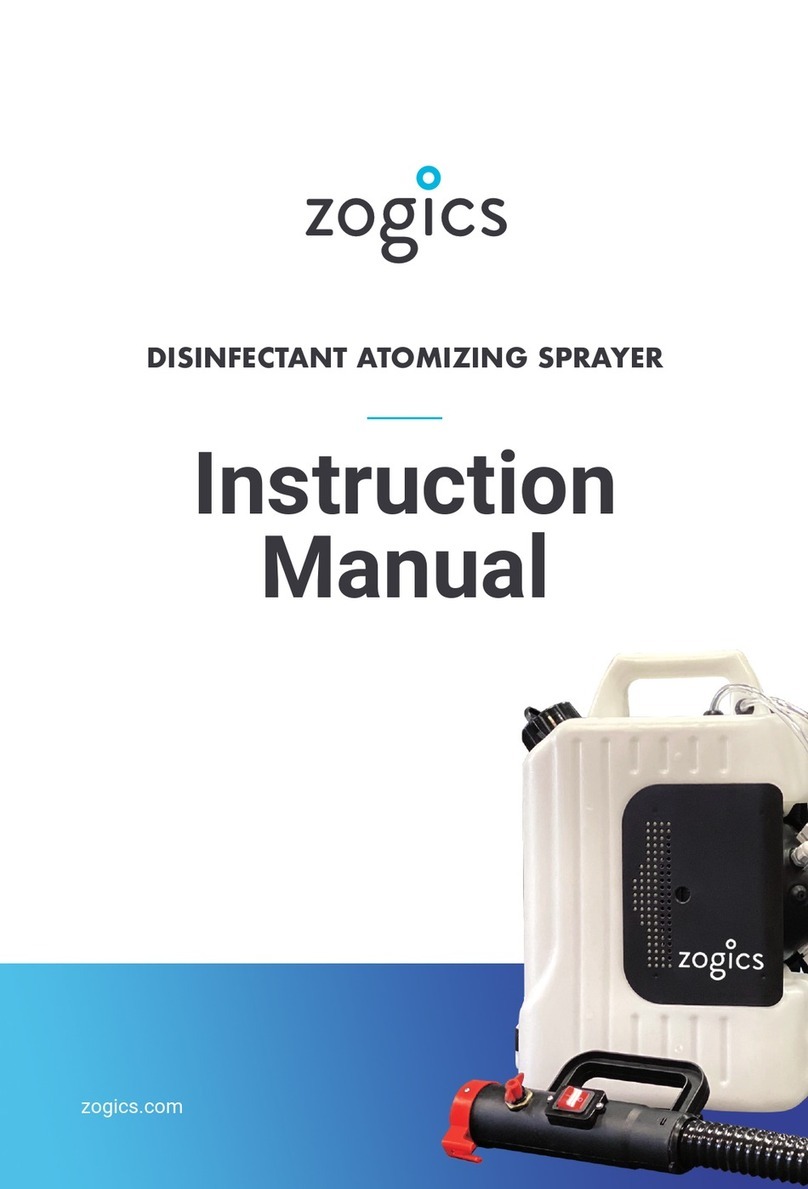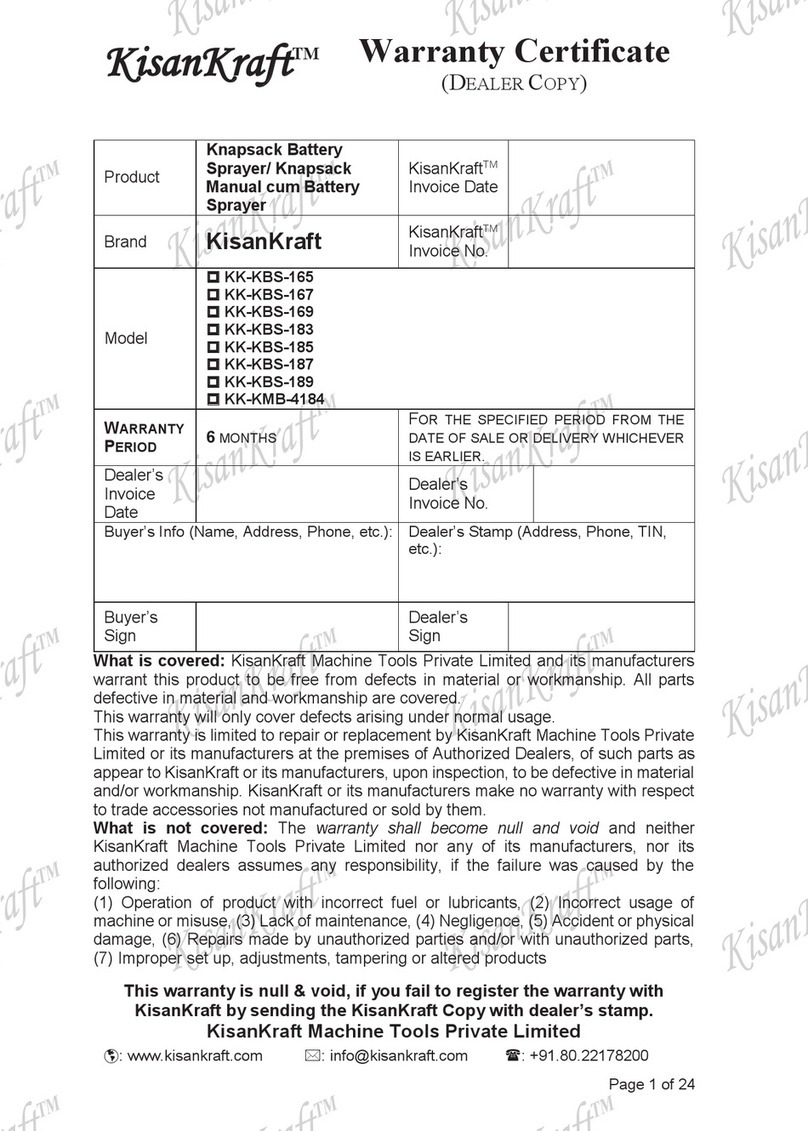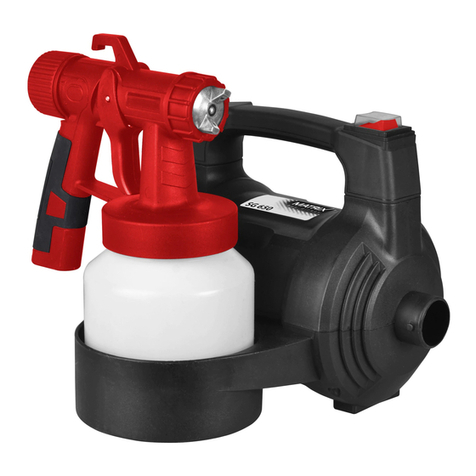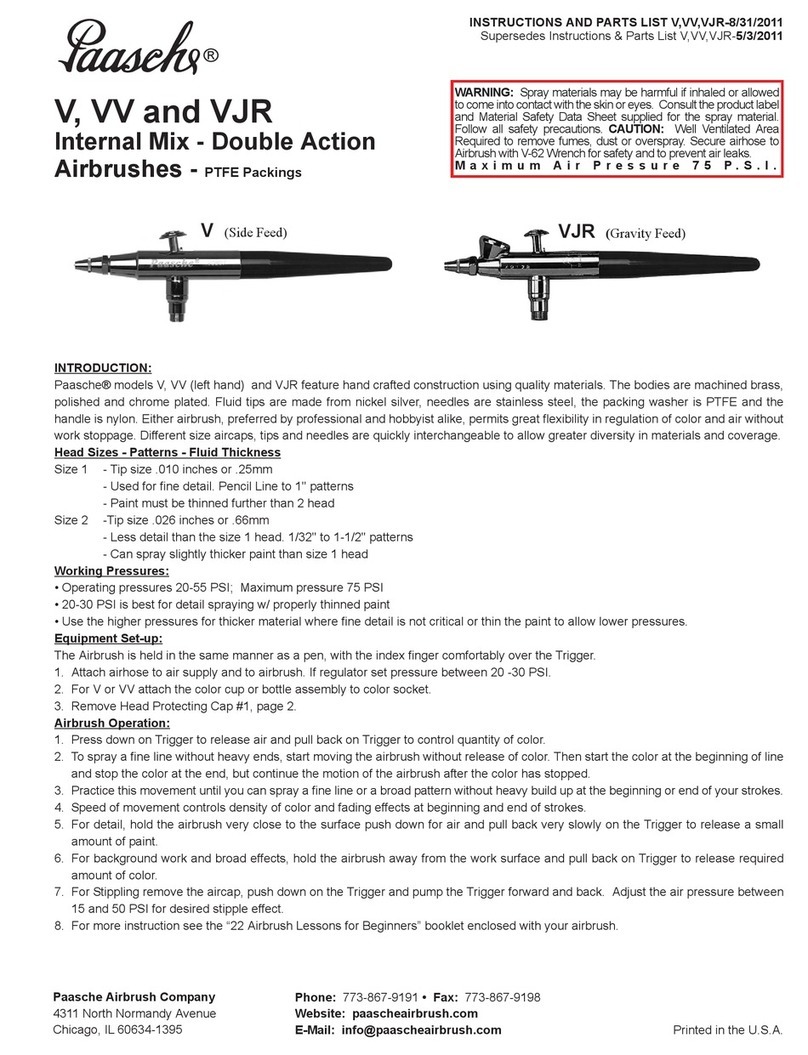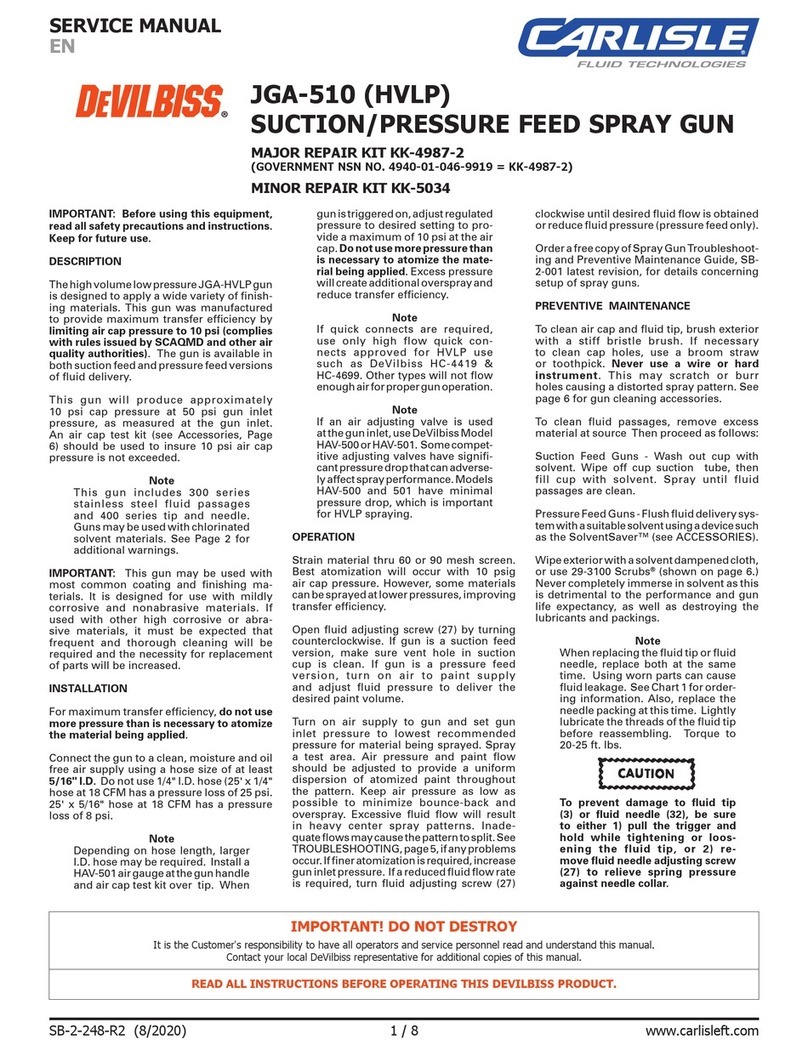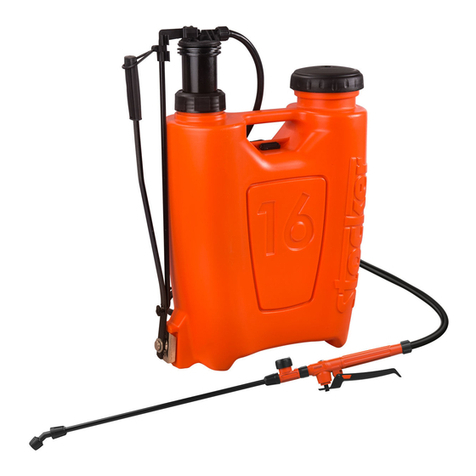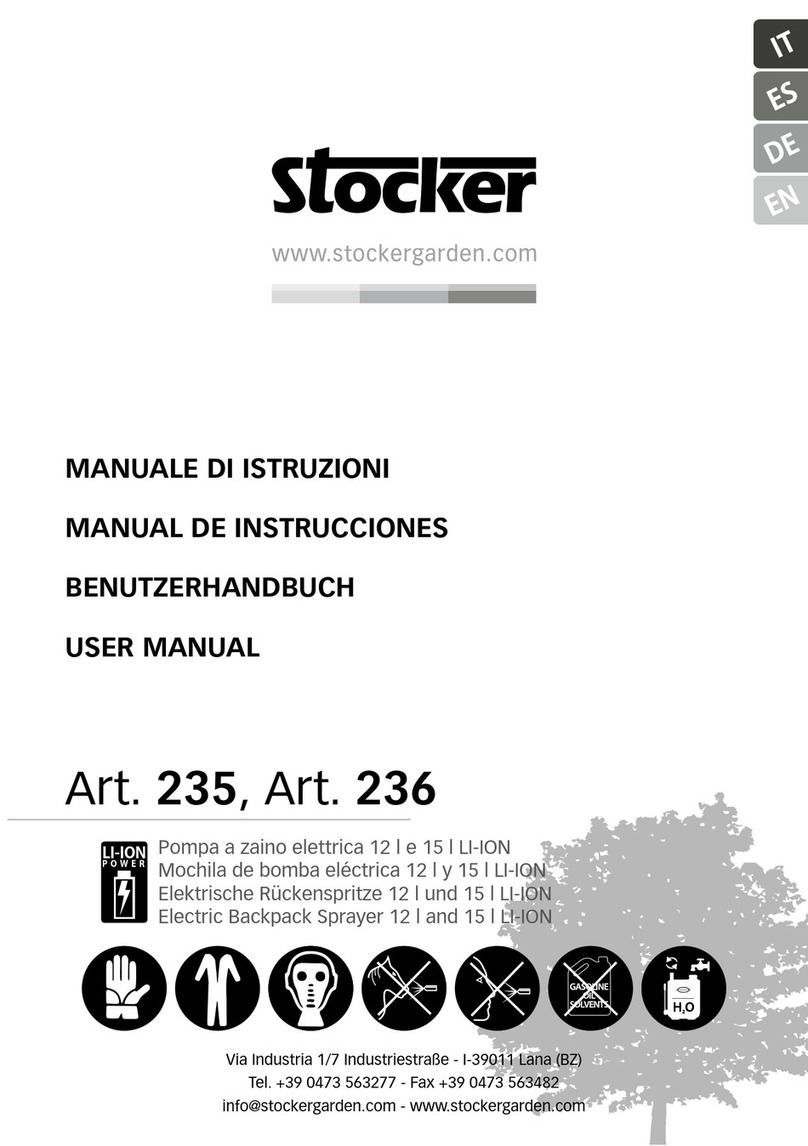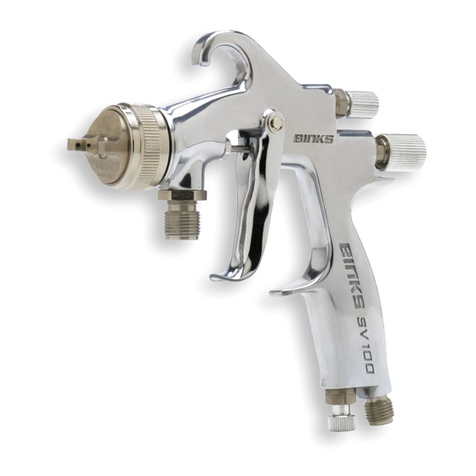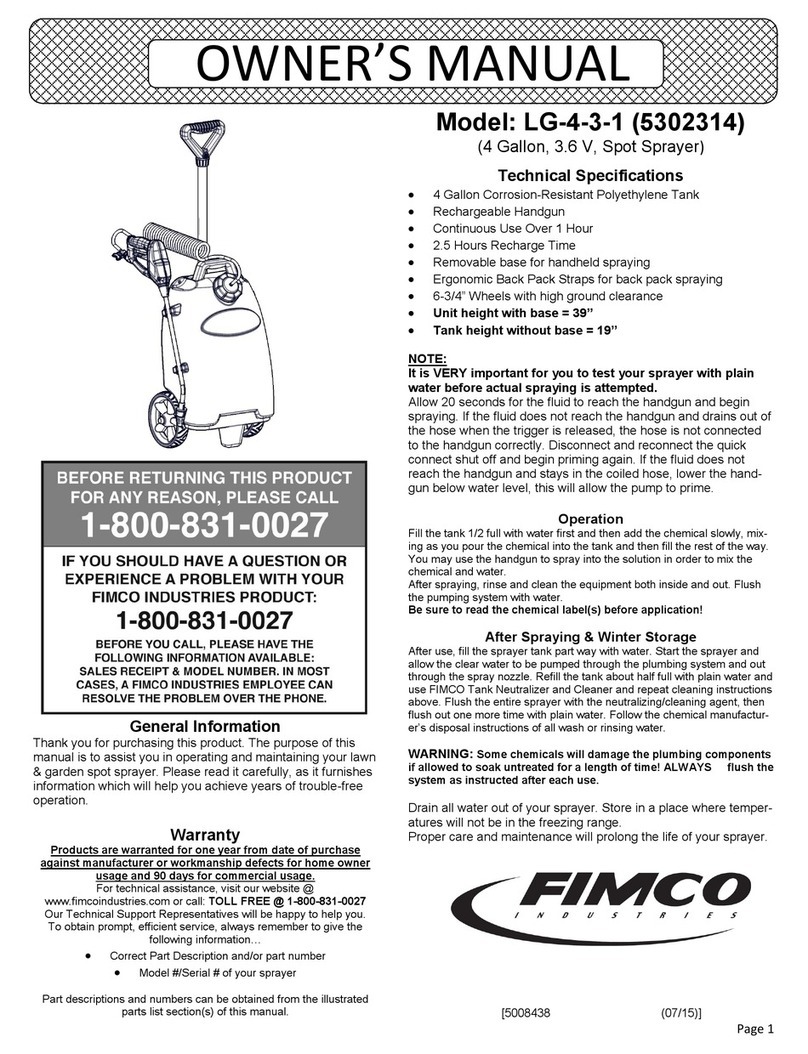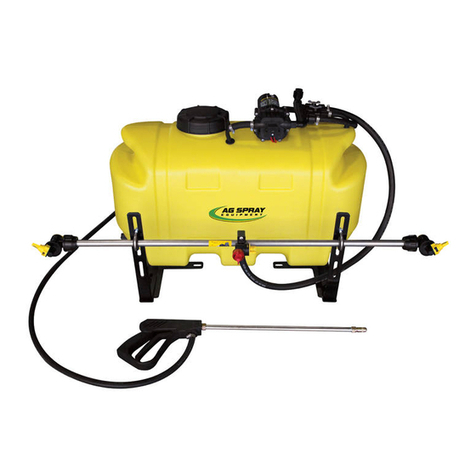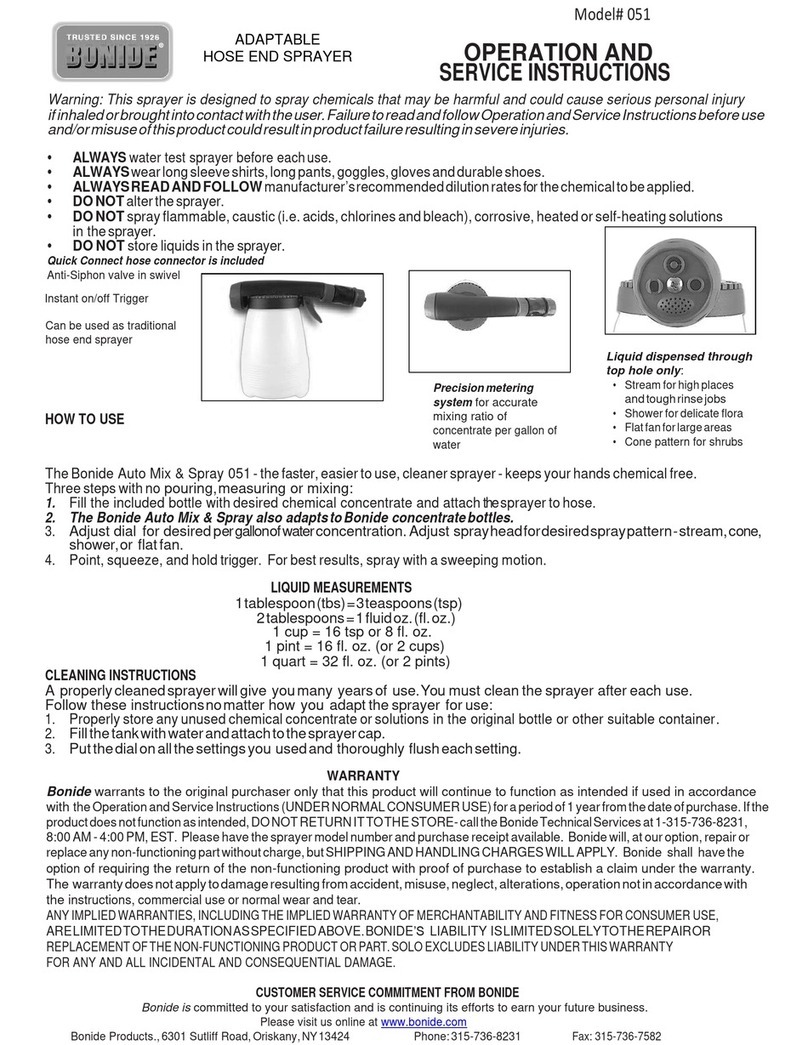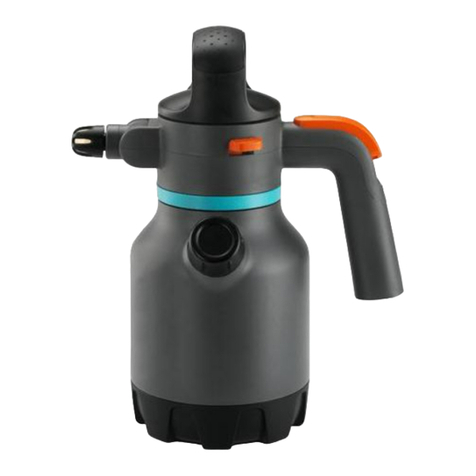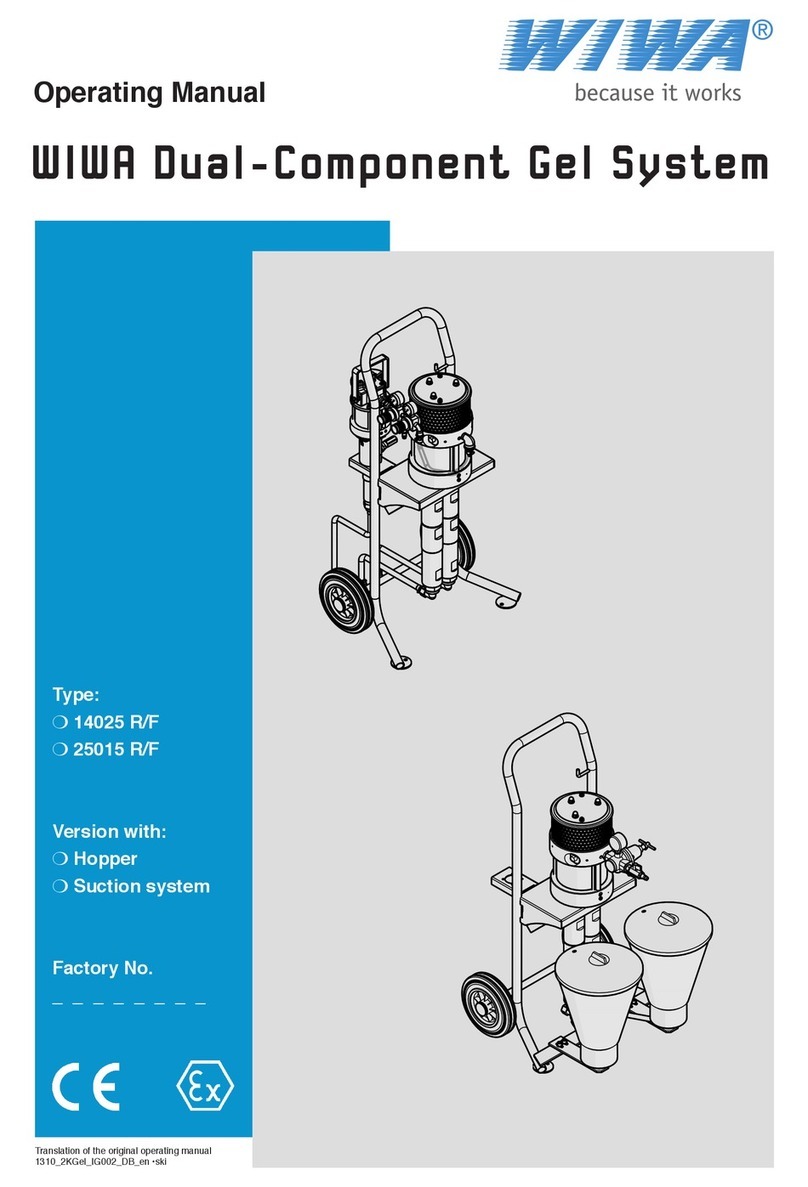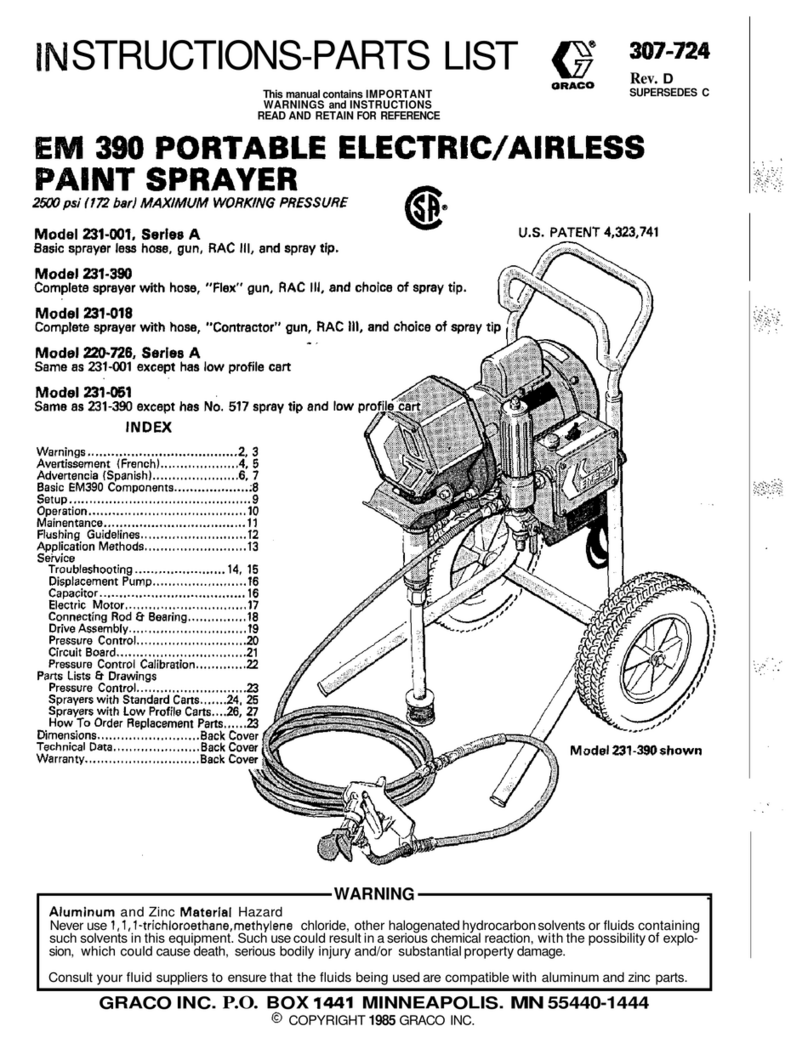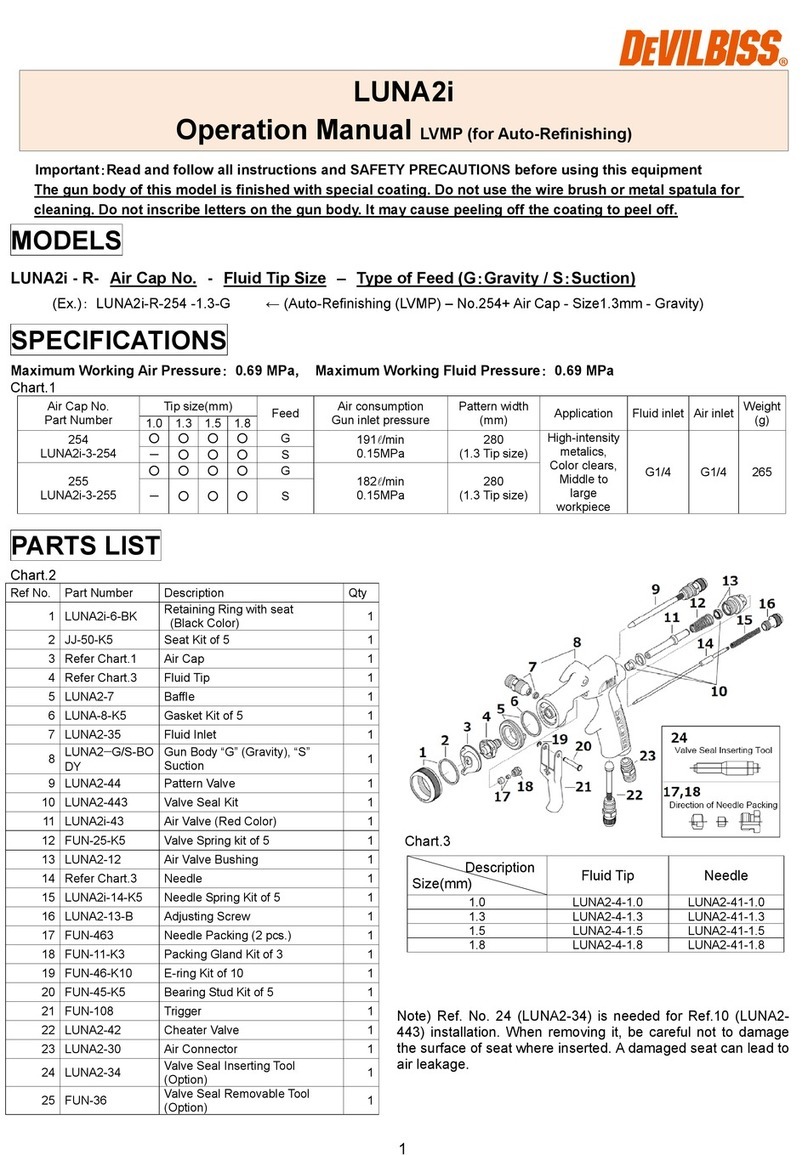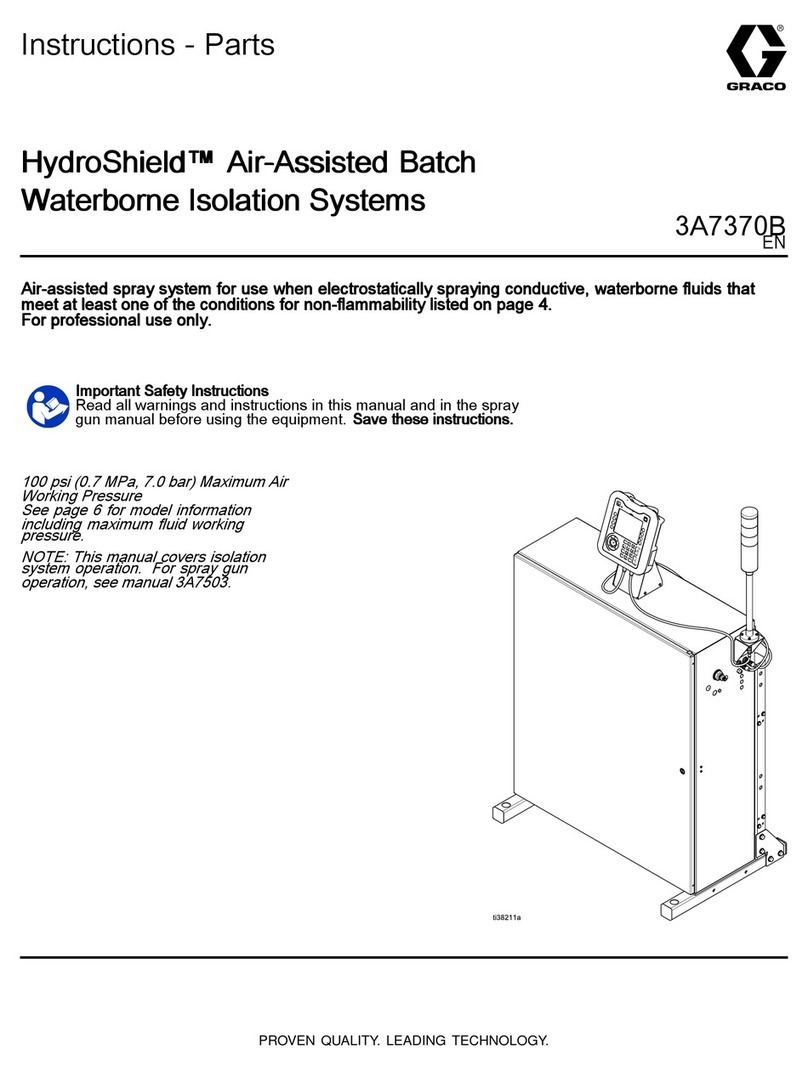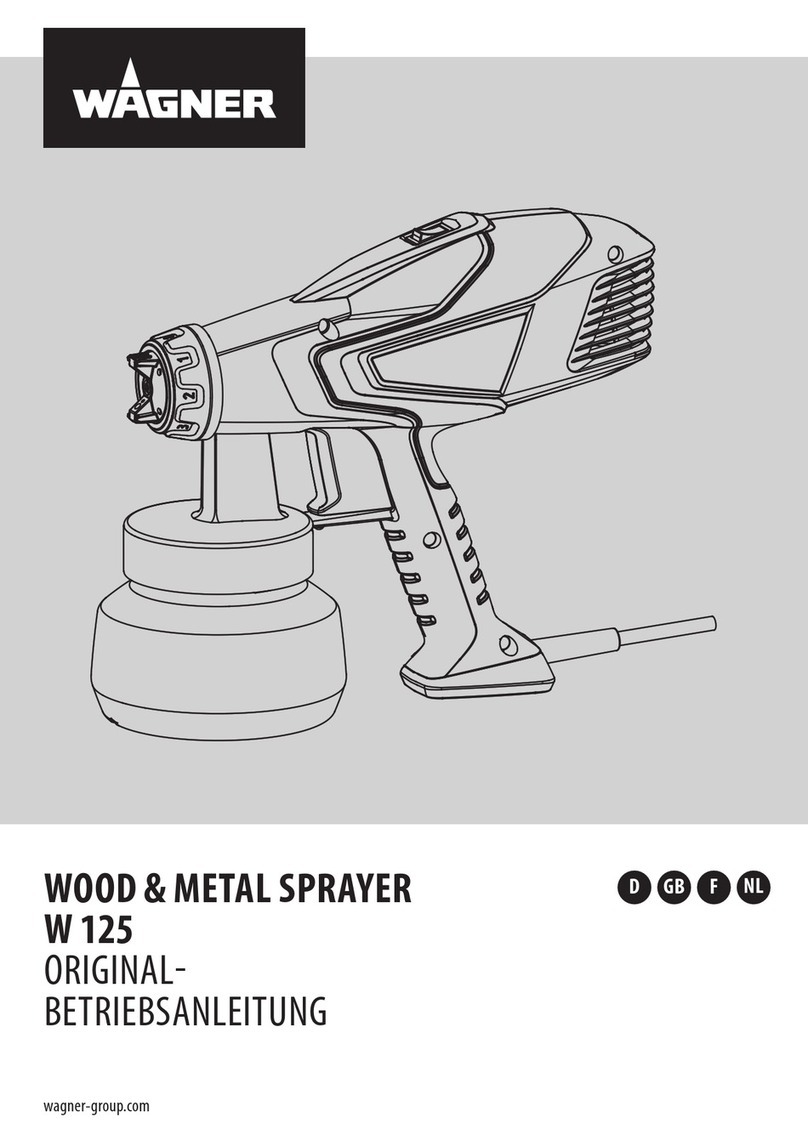
Realice una prueba con agua limpia para
verificar que todas las juntas funcionen
correctamente y que el pulverizado sea
correcto. Mientras tanto utilizar un pequeño
lubrificante que se puede aplicar en las juntas
o en otras partes móviles para reducir así la
pulverización y la resistencia.
La preparación de las sustancias químicas
debe siempre seguir las indicaciones y
la fórmula provista por el fabricante. Una
alteración no autorizada de la dilución de las
sustancias está prohibida y podría causar
serios daños a personas, animales y tener
efectos sobre el control pesticida en la
naturaleza.
Al finalizar la utilización de la bomba de
presión cambiarse la vestimenta y lavarse
con agua corriente las partes del cuerpo
(manos y cara) que han sido expuestas. En
caso de pesticidas altamente tóxicos es
aconsejable una ducha.
Después del uso enjuagar la bomba y la lanza
con agua limpia y almacenarlo.
Cuando el producto no funcione más, tiene
que ser llevado al centro liquidación como
residuo especial. Los frascos de los productos
químicos tienen que ser eliminados según las
indicaciones en las confecciones.
Nunca utilizar ácidos, sustancias
alcalinas u otras soluciones inflamables.
No utilizar sustancias altamente tóxicas
o altamente pesticidas para
enfermedades de ensaladas, productos
de la huerta, árboles frutales, hierbas
medicinales y otras sustancias
comestibles. Asegurarse de que el
tiempo pasado entre el uso de los
pesticidas y el consumo de los alimentos
sea suficientemente largo.
Déspues del utilizo, el producto tiene que ser
lavado para evitar la corrosión que podria
suceder entre diferentes agentes químicos del
anterior utilizo y el siguiente.
La bomba de presión tiene que estar
mantenida lejos del alcance de los niños.
Las sustancias químicas utilizadas en
la bomba a presión no deben tener una
temperatura superior a 45°C. El uso a más de
45°C y a menos de 10°C debe ser evitado.
La tapa del tubo no se debe aflojar cuando la
cámara del gas esta a alta presión con el fin
de evitar lesiones debido a la pulverización
accidental del liquido a alta presión.
